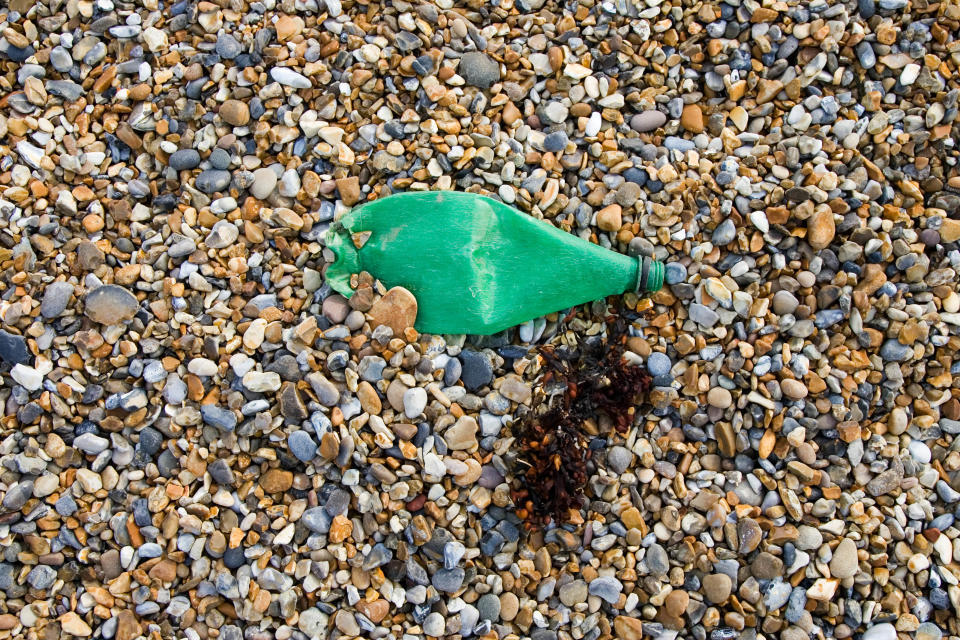Warning over new kind of plastic pollution that looks like ordinary pebbles

Tiny particles of microplastic are already polluting every lake and river in Britain – and now researchers have warned of a dangerous new form of plastic pollution.
‘Pyroplastics’, which look almost exactly like pebbles, are created when plastics are heated during manufacturing processes.
Researchers began analysing the plastic lumps after people found them on beaches in Cornwall.
Alarmingly, the pyroplastics look so much like rocks they can easily go unnoticed, the researchers warned – meaning they may be hiding in plain sight all around the world.
The lumps of plastic also weather like real rocks, and shed microplastic into the environment.

The researchers write: ‘Pyroplastics are evidently formed from melting or burning of plastic and are distinctly different from manufactured (primary and secondary) marine plastics in terms of origin, appearance and thickness.
‘Since pyroplastics have been retrieved by colleagues from Atlantic beaches in Spain and Pacific beaches of Vancouver, they are not a regional phenomenon, and it is suspected that their distribution may be widespread but that documentation is lacking because of a distinctly geogenic appearance.’
READ MORE FROM YAHOO
Plastic pollution: could we clean up the ocean with technology?
Fungi ‘could save the world from plastic pollution crisis’, experts believe
River in UK ‘has more plastic than the Great Pacific Garbage Patch’
Researchers led by Andrew Turner of the University of Plymouth analysed 165 pieces of plastic washed ashore in Cornwall and Orkney, as well as Ireland and Spain.
Some samples contained lead, possibly in the form of lead chromate, which manufacturers decades ago would add to plastic to give it a yellow or red colour.

 Yahoo News
Yahoo News 

